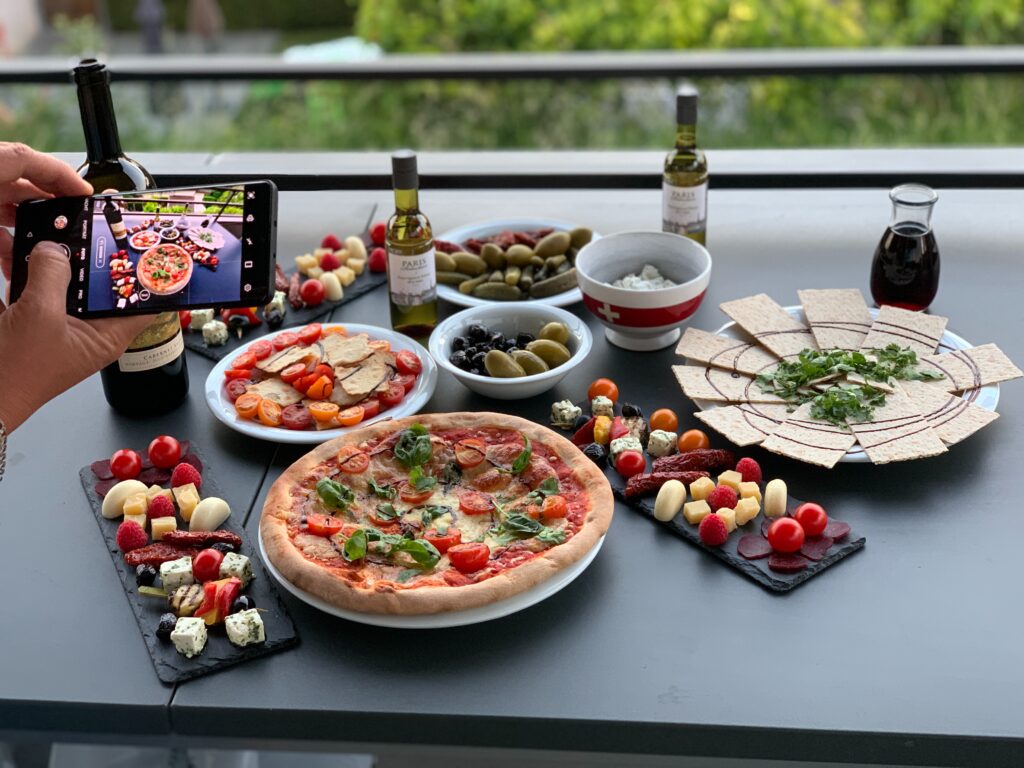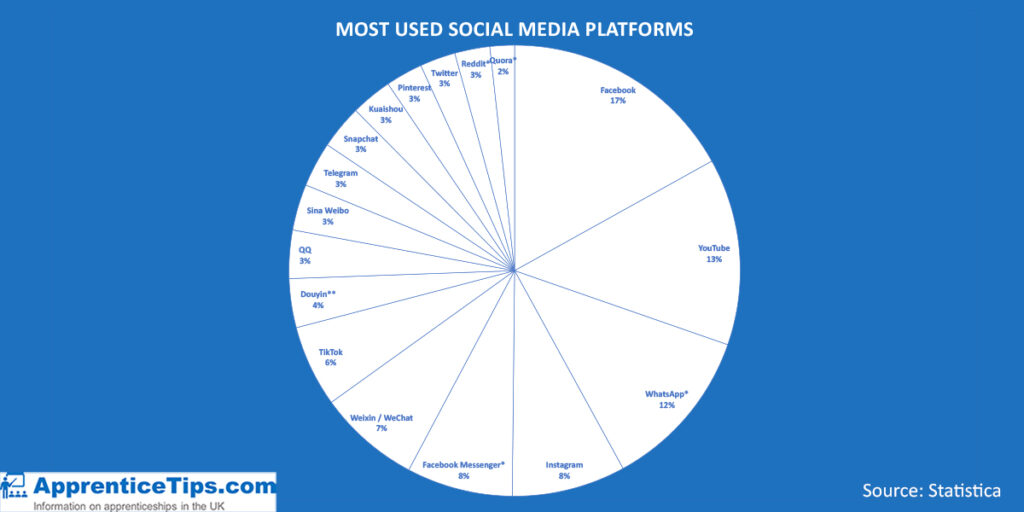Are you a digital marketing apprentice looking after a social media page? This is the guide for you!
Creating a strong social media platform is key in the modern world – a good page can help you stand out from the crowd, whilst a bad one can turn off your potential customer/client base.
There are many different platforms you can utilise: Facebook, Twitter, Instagram, LinkedIn, TikTok, Snapchat and Pinterest, to name a few. You may want to focus your efforts on a select few that meet your brand goals the best.
But how do you make your social media page look good and perform well? Here are our 10 top tips!
1. Use original content on your social media page
Stock imagery is a beneficial resource for social media, but a page looks even more personalised with original imagery. Taking regular pictures and videos can garner more interest and actually show off what your page is about. You can also use your tagged content – just ensure you credit the original poster!
2. Keep up with trends
It’s an ever-changing world in social media, so keeping up with trends is vital – for example, TikTok is one of the fastest growing social media platforms, with more than a billion active users in 2022, so this could be a tool for you to explore. Also keeping up to date with current affairs makes your page stand out, where relevant – talking about last night’s awards ceremony could engage people whilst it’s still fresh in their mind.
3. Don’t neglect video content
The rise of TikTok has pushed the focus onto video content, with Instagram/Facebook following suit with their reels. Video content often has a greater reach, so don’t forget to add these to your page. However, keep it short and snappy – most of these are short form videos, which are less than a minute long! An easy way to create video content is via Canva, which you can upgrade to Pro for more features.
4. Use all the features available on apps
As well as feed posts, stories can supplement your account and offer users a new way to interact with you – this is also a simple way to link back to your website! If you have a shop, linking it to social media can eliminate a step when customers want to buy from you.
5. Keep in mind which platform you are on
A funny video may be appropriate for TikTok, but might not fit the tone of LinkedIn. Whilst there may be some crossover, adapting your posts for individual platforms is essential. Don’t be afraid to have fun where possible though! A page that posts memes, humorous captions and topical content is more likely to get noticed.

6. Use a scheduling platform
This means you can plan your posts ahead to save time, and schedule for an optimum time when most of your followers are active. Meta Business Suite is a scheduling tool on Facebook which also can post to Instagram, or you can use Hootsuite to post on Facebook, Instagram, Twitter and LinkedIn. These platforms also highlight when there is a spelling or grammatical error, so you can correct this before a post is published.
7. Keep in mind your social media page’s audience
Having a good idea of your audience means you can tailor content to fit them. You can use Facebook Insights, for example, to get an idea of your demographic. This can also affect which platform you use – data shows people aged 35-44 use Facebook the most, whilst people aged 16-34 are more likely to use TikTok.
Geographical location is another key factor – there’s no point in talking about summer essentials when most of your audience is in winter!
8. Engage with your audience
Posting interesting and informative posts is essential, but how can you get your audience involved? Some ways include polls and questions on stories, or encouraging people to comment e.g. “Which is your favourite?” You could even incentivise them with a competition or giveaway!
It is also beneficial to make sure you are regularly answering customer enquiries, whether that be through comments or direct messages. Keep it personal though – nobody wants to feel like they’re talking to a bot.
9. Post regularly on your social media page
A page that posts daily is more likely to gain engagement than a page that only posts weekly. Plus, you want to create a pattern that is realistic long term – don’t put out 10 posts in your first week then post nothing the next week.
You may also want to increase the amount of posts around key events. This could be during a social media campaign or on a key calendar date, like Christmas.
10. Use hashtags sparingly
At one time, using multiple hashtags was the best way to expand your audience. Nowadays, this can actually be seen as spam! When using hashtags, add 3-5 as this is what was recommended by Instagram in 2021. Ensure these are tailored to your business (don’t just use general hashtags). You may even want to create a hashtag for your brand, so other users can easily tag their posts in it!
These are just 10 of our top tips for creating a successful social media page, but the most important thing is to show off your unique selling point! Being creative and representing who you are is what ultimately will make your page stand out.
For more tips on working with social media successfully in your digital marketing role, take a look at more of our posts here.






















